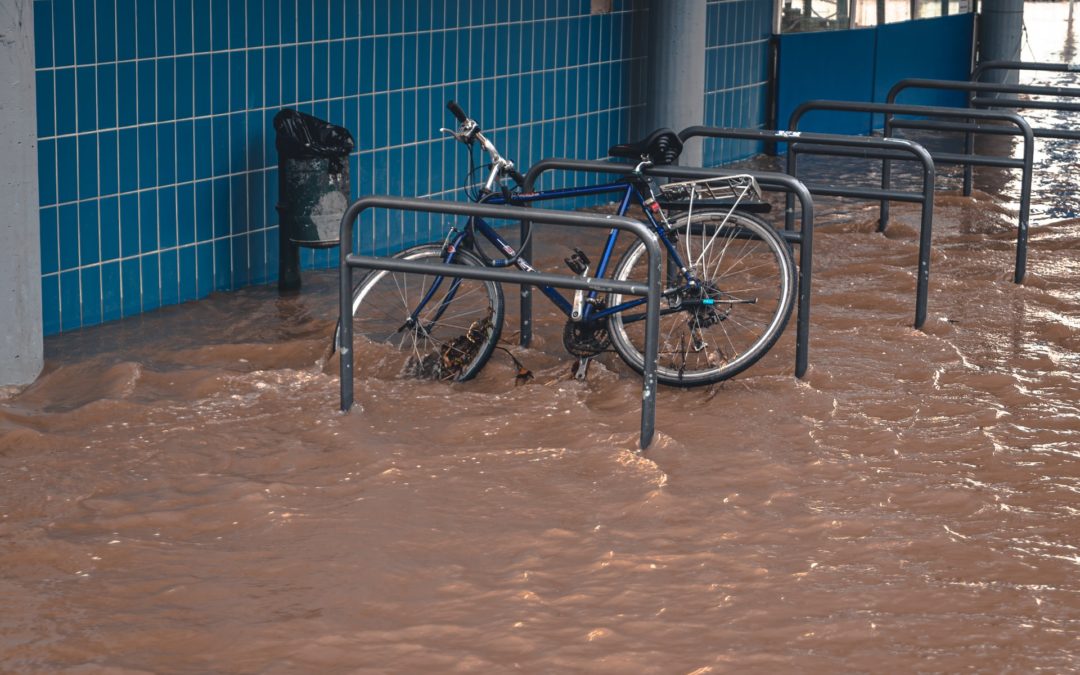Homeownership is the American dream for many. It’s even better when it has all the amenities you’re looking for at a price you can afford. Of course, it may not be all sunshine and rainbows. What if your home is in a flood zone? A flood zone in New York City suffered the effects of Hurricane Sandy back in 2012—knowing what to do if you move into a New York City flood zone is a vital part of city homeownership. Here’s what you need to know about homeownership in a New York City flood zone courtesy of Elika Insider.
You need to assess the risks of owning a home in a flood zone area. Not all of these areas are created equal. Some flood zones pose a greater risk than others. Even in areas with minimal risk, you may still want your lender’s flood insurance regardless of whether or not it’s required. Before making a decision on your home, you can peep the FEMA map or Flood Zone NYC to find out where the home is located and what the risk factor is. You may be surprised to know that roughly 25 percent of insurance claims come from areas of low risk.
Another important factor you should take into consideration is the year the home was built. As time rolls along, flood maps change. This means older buildings in flood areas, once considered low risk, could change to high risk. This poses a significant problem as the older buildings may not be capable of handling intense flooding. This is why figuring out the year a home was built is crucial before making a decision. Also, keep in mind that the higher the risk, the more expensive insurance will be.
Let’s make something clear about insurance. Homeowner’s insurance does not cover flooding. This is why flood insurance exists. If you’re buying a home with an FHA loan, it is federally required to get flood insurance. As mentioned, the cost of the insurance is dependent on the flood risk. There’s also the level of coverage you choose. A standard policy will only assist with structural damage. Covering the belongings in your home will be more expensive.
In addition to needing flood insurance, an Elevation Certificate is also required. It’s a document that lays out the details of your home and its flood risk.

